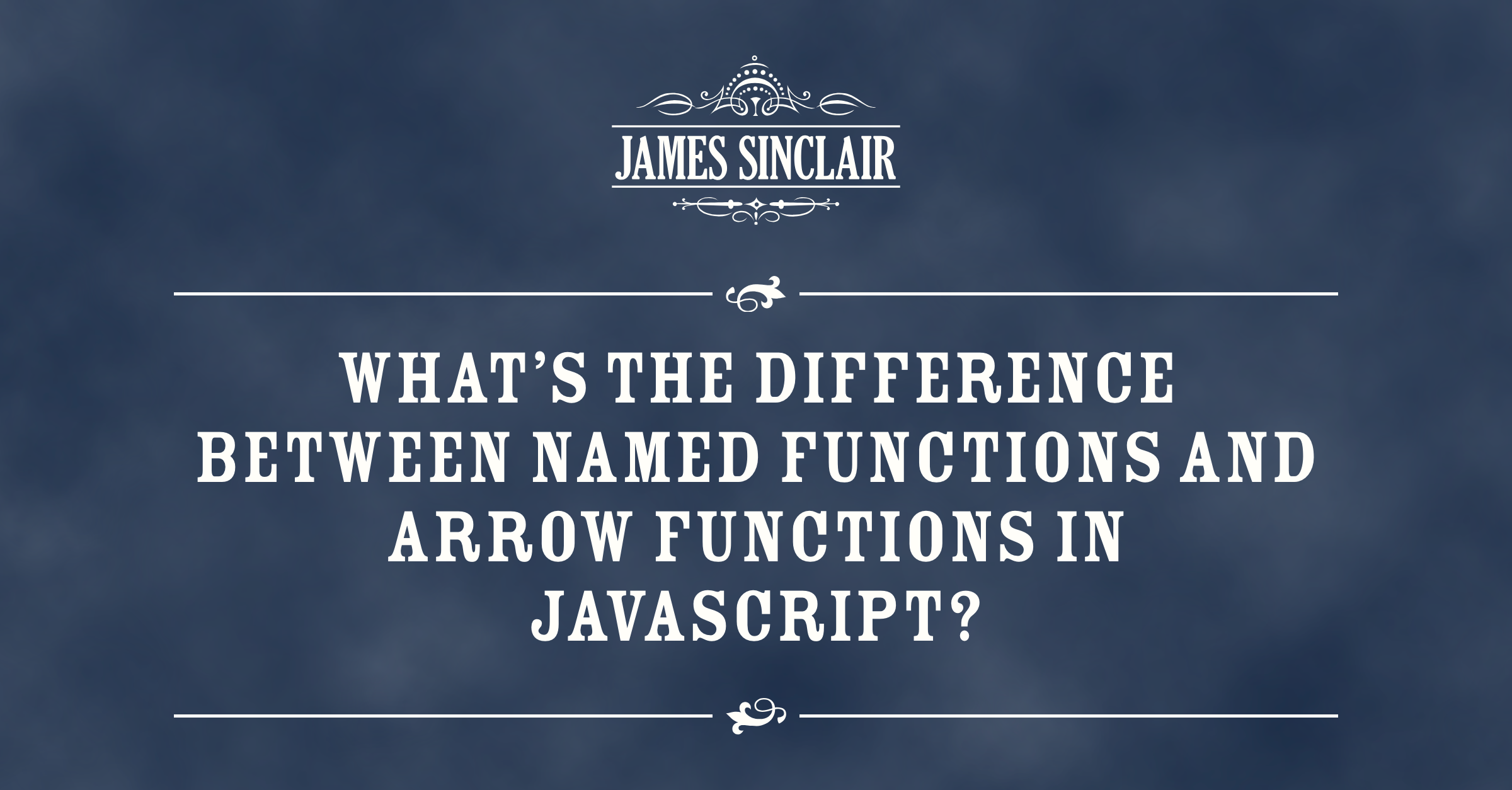
"Arrow functions are concise and convenient, offering a modern approach to function creation, but they have key differences from traditional function declarations and expressions."
"Function declarations bind a function to a name, allowing it to be hoisted, while function expressions can be assigned to variables but aren't hoisted."
"Function expressions can be anonymous or named, but a named function expression does not get bound to its variable, which can lead to confusion."
"Arrow functions further simplify syntax, but care should be taken regarding their differences, such as how they handle 'this' context compared to traditional functions."
The article discusses various ways to create functions in JavaScript, focusing on arrow functions, function declarations, and function expressions. Function declarations are bound to a name, allowing them to be hoisted, whereas function expressions can be anonymous or named and can act like declarations but lack hoisting. A noteworthy aspect is that named function expressions are not bound to their variable name, aiding in debugging but causing potential confusion. Arrow functions provide a more concise syntax and have specific behaviors regarding the 'this' context, essential for developers to understand when choosing between these function types.
Read at Jrsinclair
Unable to calculate read time
Collection
[
|
...
]